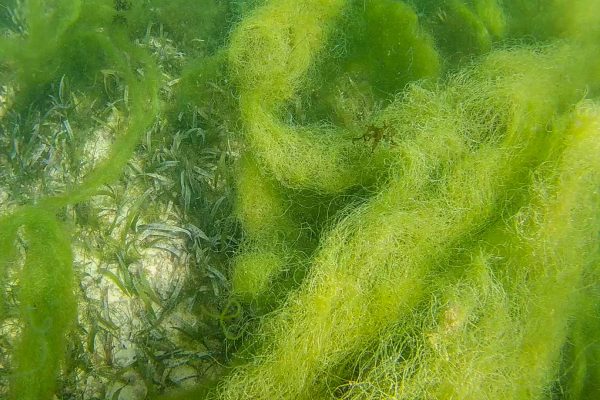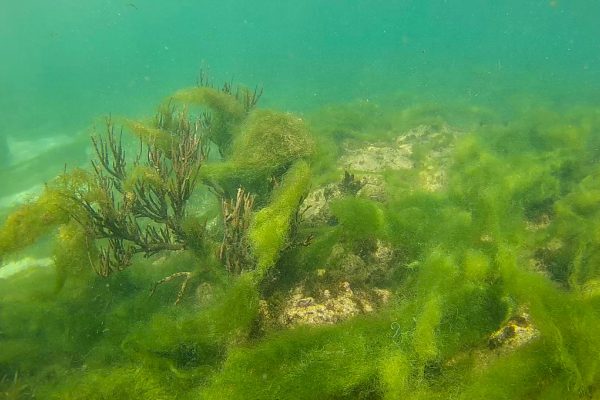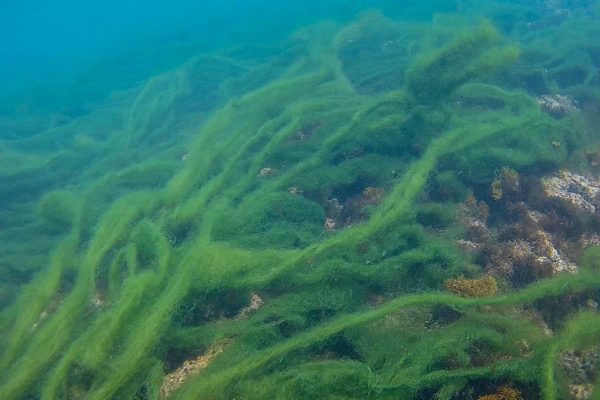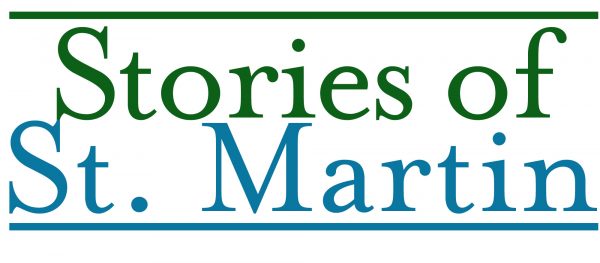In recent years, huge masses of floating sargassum seaweed have invaded Caribbean waters and beaches like a plague. Shorelines have been covered in rotting seaweed and marine life has suffocated beneath it. Islands have been searching for ways to keep beaches clean. Scientists have been researching how and why it is happening.
The sudden arrival of tons of sargassum has been a shock. It has been one of the largest and most visible changes to the environment in living memory. But it’s not the only one. In fact, it’s not even the only seaweed.

Recently, another astounding change has taken place in some waters around the island. Beneath the surface, huge mats of green seaweed stretch as far as the eye can see. It is a type of filamentous, or stringy, algae that looks like tangled clumps of green fishing line or string. It covers reefs and seagrass. It is a meter thick in some spots and has transformed the sea floor.
It is washing up in some places when it is pulled up by a rough swell, but the size of this bloom is only really visible underwater. It has transformed some of our most important marine habitats, but it has done so largely unseen.
This green seaweed is part of the local ecosystem, but its sudden growth is unnatural. Huge blooms of this algae have been seen in other parts of the Caribbean in the past. They have also been studied, but we don’t have a single, clear explanation for why they happen.

Algae blooms often happen when there are extra nutrients in the water. For a small island, St. Martin has a large population, and nutrient rich water often drains from neighborhoods to ponds to the sea. Hurricane Irma’s storm swell may have released nutrients trapped under the sand. Decomposing sargassum could also provide nutrients to feed this algae. Seaweed can also get out of control when seas lose the animals that normally eat it, like fish and sea urchins.

Hopefully we can learn why this bloom is happening, how it impacts our marine life and what we can do to help return things to normal. This seaweed could impact diving and snorkeling, beaches and the local fishing industry. In the last few years we have seen droughts, superstorms and sargassum transform the island and the region. We don’t need another ecological problem.
Have you seen this green seaweed? Tell us by writing in to The Daily Herald or to info@lesfruitsdemer.com.

